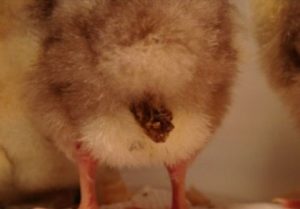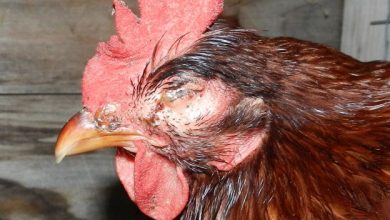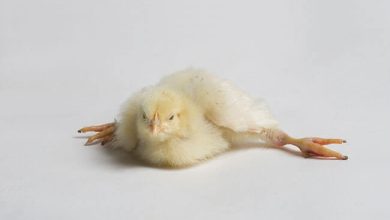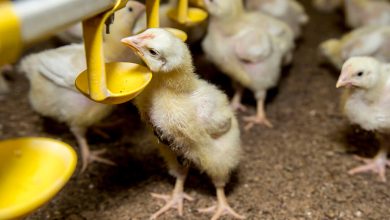PASTY VENT IN BROILER CHICKS AND ITS PREVENTION
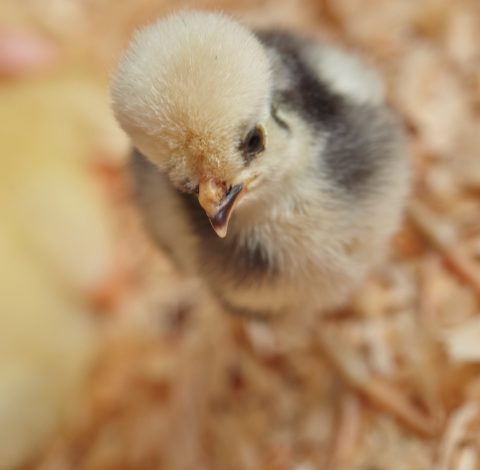
Dr.R.N .Sreenivas Gowda
I received a phone call from a poultry veterinarian that the brooding chicks are weak, uneven and dyeing with pasty vent and asked me what to do, hence this paper.
What is Pasty vent?
A plug of feces will be visible covering the vent. As a chick continues to try to pass its faeces, it continues to build up and harden; thus the little chick vent becomes blocked and unable to pass stool. It is most dangerous when it completely blocks their vent opening, because the chick will be unable pass any more droppings.
Could this damage the future growth or feed conversion ratio at the market age of the bird? How can it be prevented or treated?
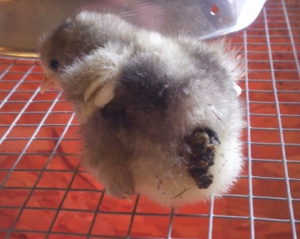
Fig.1.Sticky and dry faecal matter around vent.
It is also called as pasty vent, or “pasting up,” or “pasty butt,”
It is a stress-induced condition in which droppings dry and cake up around the vent of baby chicks.((fig1). The chicks will typically die within 2 days of onset of a blocked vent, so it’s important to attend this problem quickly.
Some chicken flocks present pasty vent more often than others, this is because of different handling of chicks in hatchery or while transportation long distances.
What are the causes for pasty vent?
- Heat stress conditions produced in the hatchery, transportation, and brooding period.
- Chicks from higher eggshell temperature (>102°F) during the incubation and from higher brooding temperature will alter the cecal metabolism and increase the incidence of pasty vents.
- Birds from high eggshell temperatures (> = 102°F) reduce the body weight by 50 grams at 42 days.
- Increased brooder temperature in the first few days of age are under panting conditions, which indicate that the chicks need less brooding heat. Chicks will be dehydrated.
- Chicks needed 27°C for the first seven days to yield the best feed conversion (Candido et al. 2016). Adjust the heat to avoid overheating during the first seven days.
- The pasty vents are produced because the cecal dropping has a sticky consistence and thereby not be released out completely when combined with the intestine excreta.
What is the Role of Caecal Metabolism causing pasty vent?
The main function of the ceca is absorbing water from the intestinal digesta into the body. Therefore, during the process of panting for releasing out heat, the chicks not only lose water but also the cecal digesta loses water and becomes sticker due to an imbalance of ceca microorganisms. Of which these microbes transform fiber or long fatty acids into short fatty acids such as acetic, propionic, and butyric acids, for this reason any imbalance in the ecosystem will alter the digestion of fats and fibers. From what has been described, it is summarized that the pasty vent occurs when the digestion of fatty acids or fibers is reduced as well as the water content in the cecum.
Poor Digestion
A major cause of pasting is the ingestion of food ingredients that are difficult for the chicks to digest. This results in the chicks having to excrete a more viscous and stickier poop that eventually remains on their butts.
The common reason for this is the chick’s under-developed digestive system. Young chicks’ digestive systems aren’t fully developed with enough enzymes to break down these food materials. This explains why pasty butt isn’t common in birds over a week old as they are capable of producing enough digestive enzymes.
Giving electrolytes to chicks is advisable but excess electrolytes can lead to pasty butt. More often than not, what baby chicks need is fresh, clean water even when they show signs of disorientation.
Feeds made from soybean have been reported by many poultry farmers to cause pasty butt in baby chicks.
Infectious Diseases
Sometimes, chicks can get infected with viruses and bacteria, leading to diarrhea, which is a risk factor for pasting.
What are the symptoms?
Chicks with pasty vent shows:
- loss of appetite, Inability to feed or drink
- general weakness and lethargy
- Uneven growth
- Protrusion of the vent with faecal butt
Will it affect future growth of thee bird?
Loss of uniformity in chicks lead to poor feed conversion, there will be more runts and stunts. The overall performance of the flock is affected and loose body weights.
How to Prevent Pasty Butt?
Principle of Prevention is better than cure always help
Make sure to:
- Place the chicks immediately to the brooder when they arrive
- Provide enough space and clean water with little quantity of electrolytes.
- Maintain proper brooding temperature for first seven days
- Add probiotics to the water if it’s not already in the feed
- Keep the litter dry and clean.
- Provide good starter feed without shell grit or bone or meat meal.
- Give maize grit for first few days.
- Provide grit; chickens don’t have teeth, so they need the grit to help with their digestion.
Clean up the Vent
- The first thing to do is to clean the butt of the chick. Gently and softly wipe the butt with a napkin or washcloth dipped in warm water. Do not try to forcefully pull the excrement when it’s dry because it could tear the chick’s skin, and even damage the vent.
- As an alternative, place the backside of the chick under running warm water. The warm water will help loosen the hardened poop and open up the vent. If the excreta is very dry, use a cotton swab to dislodge them. It’s a pretty straightforward process and takes just a couple of minutes to perform.
To prevent chaffing, apply Vaseline to the chick’s butt. After cleaning and drying the chick, take a little portion of Vaseline with a cotton wool applicator and apply it to areas surrounding the vent.
Conclusion
Pasty vent in chicks often encounter in some flocks in winter and rainy season. It can be prevented easily by maintaining proper brooder temperatures, providing clean water and maize grit as starter feed. However, ignoring it can lead to the chick’s death, so initiating immediate treatment is vital. Implementing preventive measures against pasting is a better way to reduce the likelihood of losing them.
(Author: Former VC, KVAFSU, Bidar, Former Director, IAH&VB, Bangalore and Former Prof and University Head, Dept. of Pathology, Veterinary College, UAS,Bangalore)

